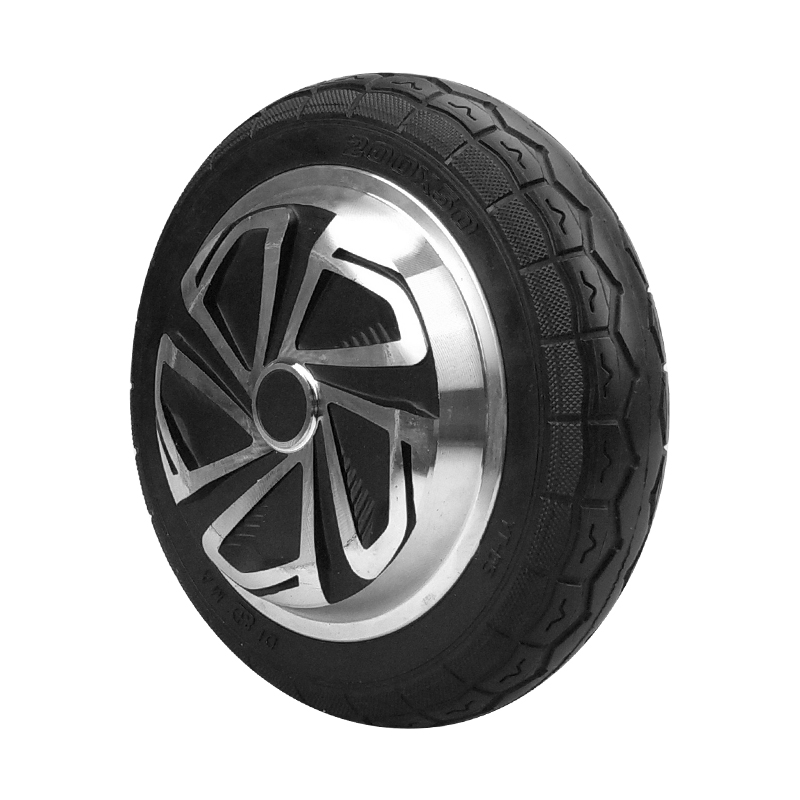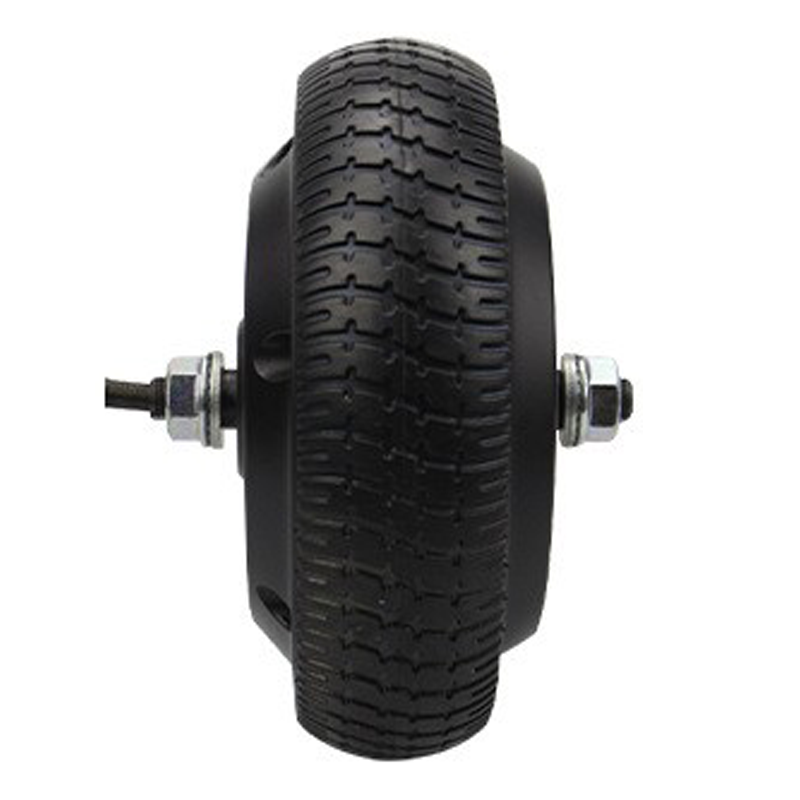
An electric kart's powertrain is the core of its performance. The 8-inch single-side, long-axle motor, a popular powertrain solution in recent years, has a significant impact on the vehicle's power output, handling, and safety. This tutorial, based on experience with over 300 kart modifications, details the motor system's standardized installation process and professional debugging techniques, helping technicians efficiently complete powertrain setup.
Before installation, confirm the compatibility of the motor and frame. The 8-inch single-sided, long-axle motor is designed specifically for small karts. Its 200mm diameter x 84mm tire width requires a precise match with the rear axle dimensions of the frame. According to our technical statistics, approximately 65% of installation problems are due to insufficient preparatory work. We recommend confirming each item item by item using the following checklist:

When installing the motor, pay attention to the correct direction of the shaft. The single-side shaft design requires the motor output end to face the left side of the kart (from the driver's seat). The specific steps are as follows:
The wiring quality of the motor controller directly affects the stability of power output. The following parameter configuration is recommended:
| Parameter items | Recommended value | Adjustment range |
|---|---|---|
| Phase current | 45A | 35-55A |
| Bus voltage | 48V | 36-60V |
| Hall Angle | 60° | 0-360° |
| Starting torque | 12N·m | 8-15N·m |

A variety of abnormal situations may occur during motor operation. By analyzing more than 200 actual cases, we have summarized standardized troubleshooting procedures for three types of high-frequency problems:
For motor overheating (housing temperature exceeds 85°C), it is recommended to check the following first:
Insufficient power is often related to the battery, controller, or mechanical transmission. According to our maintenance data, approximately 42% of insufficient power issues are caused by battery cell voltage differences exceeding 0.3V. It is recommended to use an equalizing charger to balance the entire pack.

This motor system requires targeted adjustments for different application scenarios. For example, in indoor recreational karting venues, it's recommended to limit the maximum speed to 2800 RPM to improve safety. For competitive training, the starting torque can be increased to 15 N·m by adjusting controller parameters to enhance acceleration performance.
A theme park application demonstrates that go-karts using this motor system achieve an average time between failures of 1,200 hours under 8-hour daily operation, a 35% improvement over similar products. Regularly changing the gearbox lubricant (recommended viscosity 80W-90) every 500 hours further extends service life.
Whether you're a kart manufacturer, tuning studio, or leisure equipment operator, we offer comprehensive technical support, from motor selection to system commissioning. Our dedicated team of engineers can provide customized solutions tailored to your specific needs, and bulk purchases enjoy exclusive technical support.
After installation, we recommend a run-in test of at least 50 kilometers, recording motor performance under varying loads. Our technical team can provide remote data analysis services, helping you optimize system configuration based on motor operating parameter curves. During regular maintenance, pay special attention to the seal of the bearing to prevent dust and moisture from entering and affecting motor life.